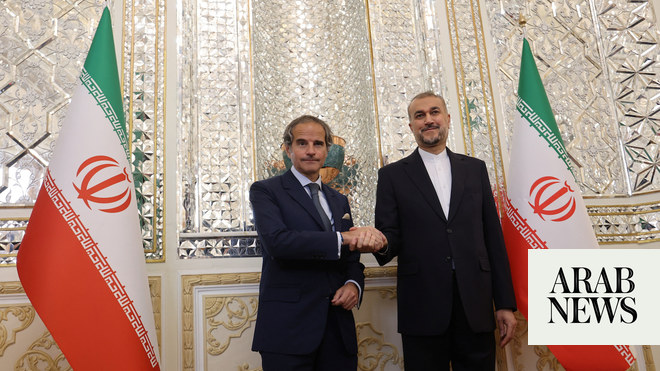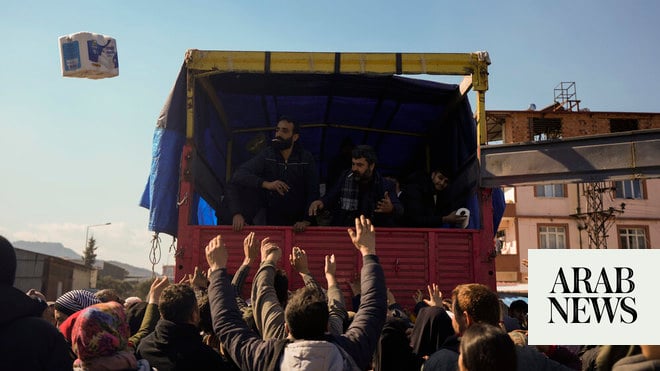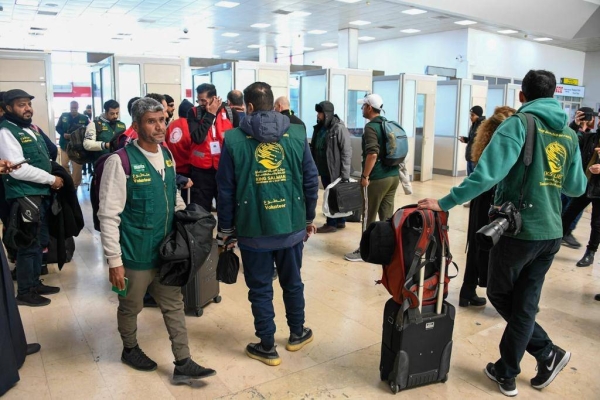
As Iran mobilizes to deal with the aftermath of the strongest earthquake it has suffered since 2003, concern is rising about the safety of its only nuclear power station located in the Bushehr Peninsula on the Arabian Gulf.
The power plant was designed by the German company Siemens in 1971, bombed and partly destroyed by Saddam Hussein in 1981-82, and completed by a Russian company over a decade of on-and-off operations.
The plant’s location on the site of old Hellieh village is one of the most earthquake-prone parts of the Iranian Plateau, upland of three parallel mountain ranges stretching from the Caucasus to Central Asia.
According to official records, the area where the station is located has suffered earthquakes in 1853, 1960,1972, 2013 and 2017. A 7.3-magnitude quake could plunge the whole Gulf into nuclear pollution.
In 1971, the Tehran University Geophysics Center warned against building a nuclear power station in Hellieh, Bushehr Peninsula on the Arabian Gulf, citing risk of earthquakes. Now the plant is there and deadly danger on the horizon. The Russian company that built the plant and continues to co-manage it claims that it can resist a tremor of up to 7 magnitude. However, there is no guarantee that the location will not be hit by a tremor of higher intensity on the Richter Scale.
“Assurances that the Hellieh plant can withstand a 7-magnitude tremor on the Richter Scale represent little more than semantics,” says Bahram Davami, one of the scientists who wrote the initial report, presented to the Shah, in 1971. “We have experienced many tremors of above 7 on Richter scale in Iran and there is no guarantee that the place where the nuclear station is built would not experience one.”
Because of direction of winds in the Gulf, damage to Irans Hellieh nuclear station in an earthquake above magnitude 7 would immediately affect Kuwait, Bahrain, Qatar and eastern Saudi Arabia and pollute shallow waters of the Gulf.
Leakage of nuclear material into the waters of the Gulf could do extensive environmental damage to the waterway and its ecosystems and fish resources. The Gulf is nowhere deeper than 90 metres and its average depth close to the nuclear power plant is 55 metres.
According to experts, an additional problem is that it takes 15 years for the waters of the Gulf to be renewed, making the dissipation of any nuclear pollution a mid-term affair.
In 2008 Kuwaiti Foreign Minister Sheikh Mohammed Sabah al-Salem al-Sabah raised his country’s concerns with then Iran’s President Mahmoud Ahmadinejad and was given “firm reassurances” that the Hellieh plant would withstand a strong earthquake. However Ahmadinejad never delivered on his promise to allow an international team of scientists acceptable to the Gulf Cooperation Council (GCC) members to study the project and prepare a report.
Historic records and accounts maintained in literature show that Iran has suffered more than 130 earthquakes since the 9th century AD. Some tremors claimed up to 200,000 lives and a number of Iranian cities never recovered from their effect. The destruction of Tabriz, now capital of East Azerbaijan province, in the 11th century has remained in Iranian historic memory as one of the greatest catastrophes of all times.
The earthquake in Ardabil claimed 150,000 lives and in Shamakhi, now in the Republic of Azerbaijan, 80,000. More recently the Torud quake caused over 50,000 deaths. The quake in Bam, southeast Iran, claimed 35,000 lives and that of Qir-and-Karzin, not far from the location of the nuclear plant, over 25,000.
The International Atomic Agency (IAEA) in Vienna says it has no mandate to certify the safety of nuclear plants as far as the risk of tremors is concerned but has established guidelines to deal with such eventualities. The IAEA does not carry out regular inspections of the Hellieh plant which is not included in the list of 32 nuclear sites it seeks to “keep under observation” in accordance with the controversial nuclear “deal" worked out by former US President Barack Obama.












